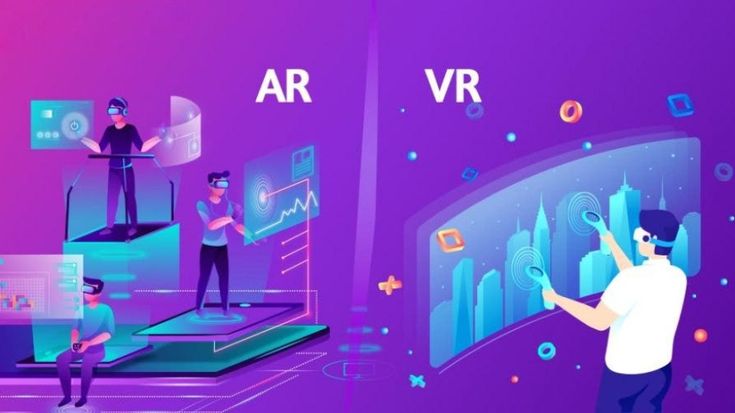Augmented Reality (AR) and Virtual Reality (VR) are revolutionizing industries like gaming, healthcare, real estate, and education. If you want to break into this exciting field, here’s a step-by-step guide to learning AR/VR effectively.
1. Understand the Basics of AR and VR
Before diving into development, you need to understand the fundamental differences between AR and VR:
- Augmented Reality (AR) enhances the real world with digital elements (e.g., Pokémon GO, Snapchat filters).
- Virtual Reality (VR) creates an entirely digital environment (e.g., Oculus Rift, HTC Vive experiences).
Familiarize yourself with popular AR and VR applications to get an idea of how these technologies work in real-world scenarios.
2. Learn Programming Languages
To develop AR/VR applications, knowledge of programming languages is essential. The most commonly used languages include:
- C# – Used with Unity for AR/VR development.
- C++ – Preferred for high-performance VR applications.
- Python & JavaScript – Used in some AR/VR web-based applications.
If you’re new to programming, start with Python or C# as they are beginner-friendly.
3. Master AR/VR Development Platforms
Several platforms and tools are widely used for AR/VR development:
- Unity3D (Best for beginners, supports AR/VR development with C#)
- Unreal Engine (Great for high-quality VR applications, uses C++)
- ARKit (iOS) and ARCore (Android) for mobile AR development
- Vuforia and Microsoft HoloLens for AR applications
4. Get Hands-On with AR/VR Hardware
Practical experience is key. Invest in AR/VR devices to test your applications:
- AR Devices: Microsoft HoloLens, Magic Leap, Smartphones (ARKit & ARCore-supported phones)
- VR Headsets: Oculus Quest, HTC Vive, PlayStation VR, Valve Index
5. Take Online Courses and Tutorials
There are many online resources to learn AR/VR development:
- Coursera & Udacity – Offer beginner to advanced courses.
- YouTube Tutorials – Free step-by-step AR/VR guides.
- Udemy & Pluralsight – Affordable courses with hands-on projects.
- Official Unity & Unreal Engine Documentation – Best for in-depth learning.
6. Build AR/VR Projects
The best way to learn is by doing. Start small:
- Basic AR Apps – Develop a simple AR object placement app using ARKit or ARCore.
- VR Environments – Create a basic VR world using Unity or Unreal Engine.
- Gaming & Training Simulations – Try interactive AR/VR experiences to enhance skills.
7. Join AR/VR Communities & Attend Events
Networking with professionals and enthusiasts will help you learn and stay updated:
- Reddit (r/AR_MR_XR, r/oculus, r/virtualreality)
- Facebook Groups & LinkedIn Communities
- Meetups, Hackathons, and Conferences (e.g., AWE, GDC, CES)
8. Stay Updated with Industry Trends
AR/VR technology is rapidly evolving. Follow blogs, podcasts, and YouTube channels to keep up with the latest developments:
- Road to VR
- Upload VR
- Oculus Developer Blog
- Unity & Unreal Engine Blogs
9. Work on a Portfolio and Apply for Jobs
Once you’ve built a few projects, showcase your skills through a portfolio. Some career paths in AR/VR include:
- AR/VR Developer
- 3D Modeler & Designer
- Game Developer
- AR/VR UX/UI Designer
You can find AR/VR jobs on platforms like LinkedIn, Upwork, and Indeed.
Final Thoughts
Learning AR/VR requires dedication and practice, but with the right approach, you can build a successful career in this innovative field. Start small, keep experimenting, and stay connected with the AR/VR community. Happy coding!

